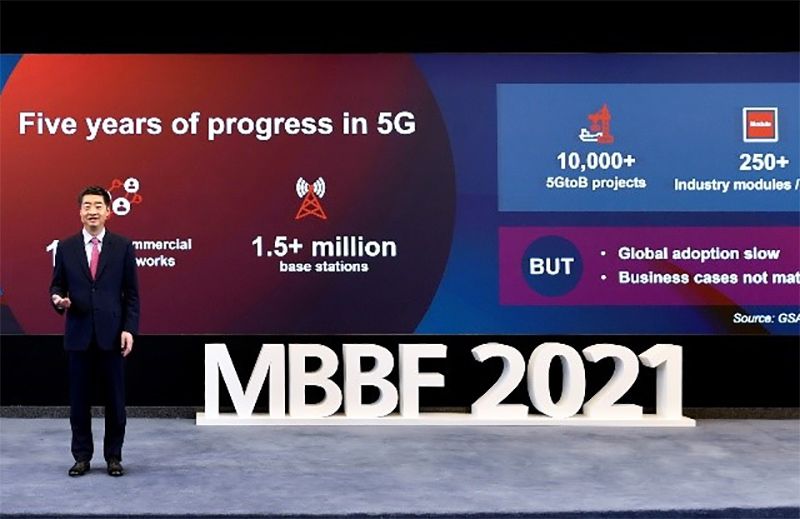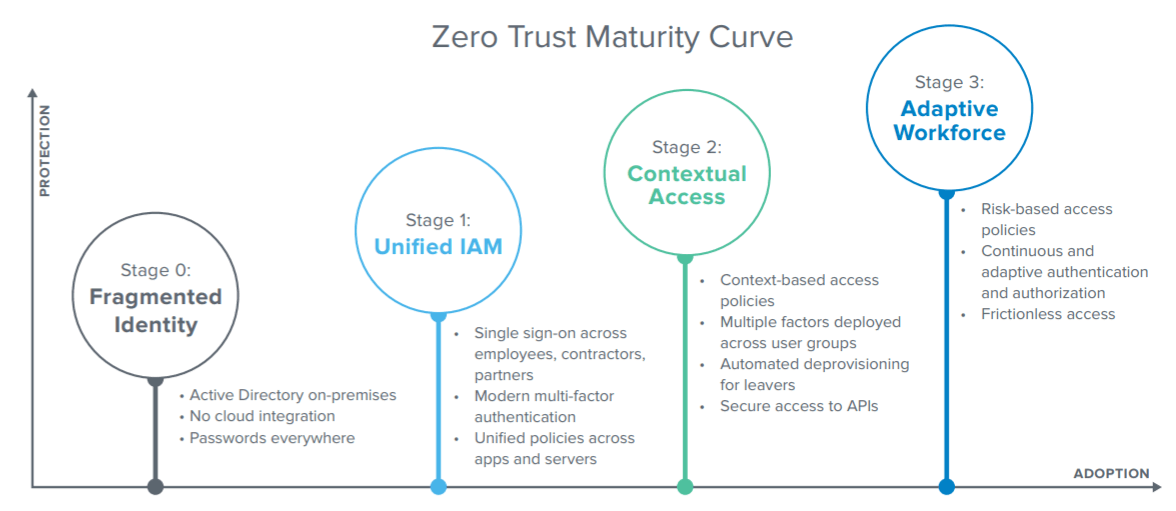5G will continue to drive the development of other technologies and create more opportunities for business-to-business (B2B) activities as well as drive down carbon emissions because the technology is able to connect devices in real-time.
This was the key message of Huawei’s Rotating Chairman, Ken Hu at the 12th annual Global Mobile Broadband Forum (MBBF) kicked off in Dubai last week. Speaking virtually to tech journalists all over the world, Hu outlined the two areas of opportunity mentioned as well as Extended Reality (XR) services that will drive the next stage of 5G’s growth.
“In just five years of commercial deployment, 5G has provided a considerable upgrade in mobile experience for consumers, and it’s already starting to empower different industries around the globe. Progress was much faster than we expected, especially in terms of the subscriber base, network coverage, and the sheer number of 5G terminals on the market,” Hu elaborated.
Today, there are 176 commercial 5G networks around the globe–double the number of the original forecast made two years ago in the same forum. These networks serve more than 500 million subscribers and the rapid uptake of 5G came with the development of more 5G-compatible devices as well as high consumer demand.
In the consumer space, average 5G download speeds are roughly 10 times greater than 4G, which has fueled broader adoption of applications like VR and 360° broadcasting. In the enterprise space, there are already 10,000 projects exploring B2B applications of 5G (known as 5GtoB) around the world. 5G applications in industries like manufacturing, mining, and ports have already passed trial and are being replicated at scale. Three directions were identified by Hu as the catalysts for the further enrichment and development of 5G.
First, the industry needs to get networks, devices, and content ready for explosive growth in Extended Reality (XR). Networks need to provide download speeds faster than 4.6 Gbit/s with latency no greater than 10 milliseconds, while devices must be able to adopt the key XR technologies and have a strong repertoire of AR, VR, and MR.
“To reach [this tipping point], we have to make improvements to both headsets and content. For headsets, people want devices that are smaller, lighter, and more affordable,” Hu said at the same time calling the industry to enrich the content ecosystem, to provide Cloud platforms and tools that simplify content development, which is notoriously difficult and expensive.
Second, telecom operators need to enhance their networks and develop new capabilities to get ready for 5GtoB. A strong network is key to 5G applications for industrial use, so operators need to keep making improvements to network capabilities such as uplink, positioning, and sensing. Huawei is developing autonomous networks that bring intelligence to all aspects of 5G networks, from planning and construction to maintenance and optimization.
Digital transformation also requires different roles. In addition to providing connectivity, operators can also serve as cloud service providers, systems integrators, and more, and develop the requisite capabilities. To drive broader adoption of 5G in industries, developing industry-specific telecoms standards is also important. In China, operators, together with their industry partners, have begun working on standards for applying 5G in industries like coal mining, steel, and electric power, and this has helped to fuel greater adoption within these sectors.
“Beyond technology, these are some of the intangible strengths that won’t provide immediate profit, but will be key to long-term competitiveness in the 5GtoB market,” Hu specified.
Third, the industry needs to get ready to go green. According to the World Economic Forum, by 2030, digital technology can help reduce global carbon emissions by at least 15 percent. “On one hand, we have a great opportunity to help all industries cut emissions and improve power efficiency with digital technology. On the other hand, we have to recognize that our industry has a growing carbon footprint, and we have to take steps to improve that. Right now, Huawei is using new materials and algorithms to lower the power consumption of our products, and we’re remodeling sites, and optimizing power management in our data centers for greater efficiency,” Hu emphasized.
The Global Mobile Broadband Forum 2021 is hosted by Huawei, together with its industry partners GSMA and the SAMENA Telecommunications Council. The forum gathers mobile network operators, vertical industry leaders, and ecosystem partners from around the world to discuss how to maximize the potential of 5G and push the mobile industry forward.





